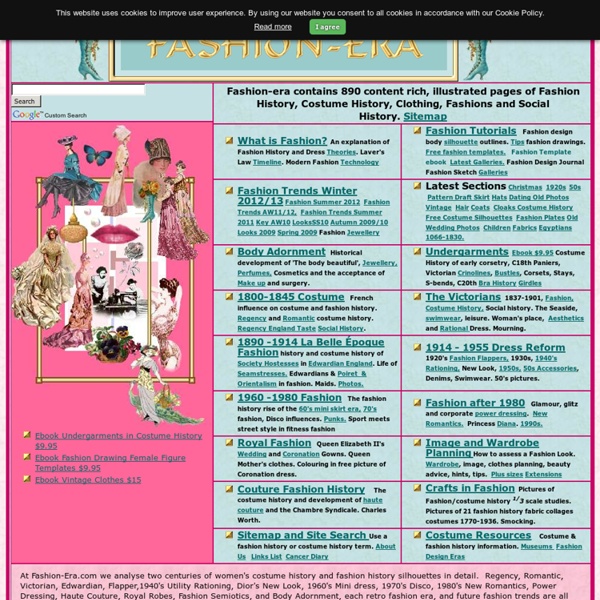



La Couturière Parisienne Costume History Fashion Institute of Technology | The Vintage Traveler One of the great treasures of the fashion history world is the Museum at the Fashion Institute of Technology. At any time there is at least one exhibition, and often there are more. And quite incredibly for a city where everything is expensive, the museum is free of charge. The exhibition this summer has been RetroSpective, in which the relationship that fashion has with past fashion is explored. This is a topic of special interest to vintage clothing lovers like me. The top photo is from a 1999 gown by Alexander McQueen for Givenchy, in which you can see references to the fashion of 16th century England. On the left is a man’s embroidered coat and vest from around 1790. Don’t forget to click! This installation shows how fashion has gotten inspiration from the robe à l’anglaise of the 18th century. The black dress is a circa 1923 robe de style, a look associated with couturier Jeanne Lanvin. The dress in front is a circa 1810 Empire style gown of silk. Anna Sui, Rainbow Grunge, 1993
SALA Festival The Costumer's Manifesto World History Timeline Fashion History Costume Trends and Eras, Trends Victorians - Haute Couture Fashion Plate Collection Home » Fashion Plate Collection The original fashion plates collected by Blanche Payne and others have been cataloged and carefully stored for preservation purposes in archival housing. Many of these plates are from some of the leading French, British, American, and other continental fashion journals of the 19th century and early 20th century: Belle assemblée; Le bon ton; Le Follet, courrier des salons; Journal des dames and des modes; Godey's lady's book and magazine, and others. They are primarily hand-colored engravings although some of the plates after 1885 are colored lithographs. Blanche Payne taught historic costume and apparel design in the School of Home Economics at the University of Washington. One of her subsequent accomplishments, however, was the completion of a book entitled "History of Costume", a college textbook describing the evolution of fashion from 3000 B.C. to 1900. Blanche Payne retired from the University of Washington faculty in 1966. Other sources
The History of Costume - Index #1 Click On Picture To Enlarge It (100K). Plate # 1 - Egyptians, Moors, Turks Plate # 2 - Ancient Near East - Assyrian, Persian, Egyptian Plate # 3 - Ancient Near East - Assyrian, Persian, Egyptian Plate # 4 - Ancient Judah Plate # 5 - Ancient Greece Plate # 6 - Ancient Rome NEXT PAGE: TEXT INDEX (Faster): Study Room resource: Pattern Prints and drawings, including fashion illustrations, architectural drawings, design drawings, watercolours, posters and much more, not on display in the galleries, can be seen in the Prints, Drawings and RIBA Architecture Study Rooms. To make it easier for teachers and lecturers to access the most popular material with groups, we have developed themed study room resources which contain original prints and drawings. This Study Room resource examines designs for wallpaper and texiles by designers from 1868 to 1978. Teachers' notes This resource could be adapted for different key stages. Download: Study room resource: Pattern - teachers' notes (PDF file, 22 KB) All around us we see shapes and decoration combined to form repeat patterns. Before your visit Pupils will need some experience of building shapes into simple patterns before they try to analyse the detailed patterns that can be seen in the works in the Prints & Drawings Study Room. Discuss what the final pattern is to be used for.
British Fashion Council - Home